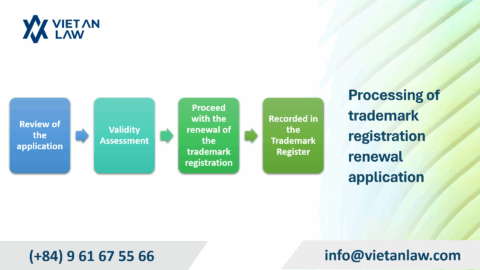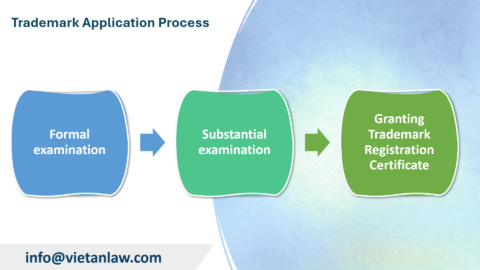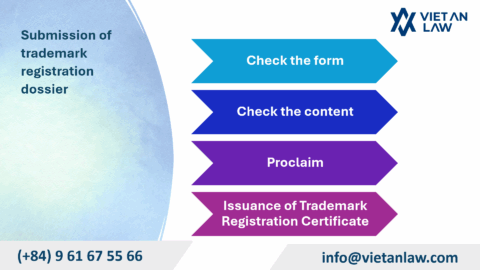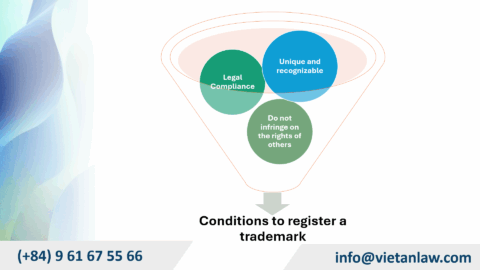Homonymous geographical indications are one of the objects of industrial property rights and are protected by law according to the provisions of the Vietnamese Intellectual Property Law 2022. However, currently, many people still do not know the information related to the registration of homonymous geographical indications. In this article, Viet An Law will provide updated regulations about homonymous geographical indications in Vietnam.
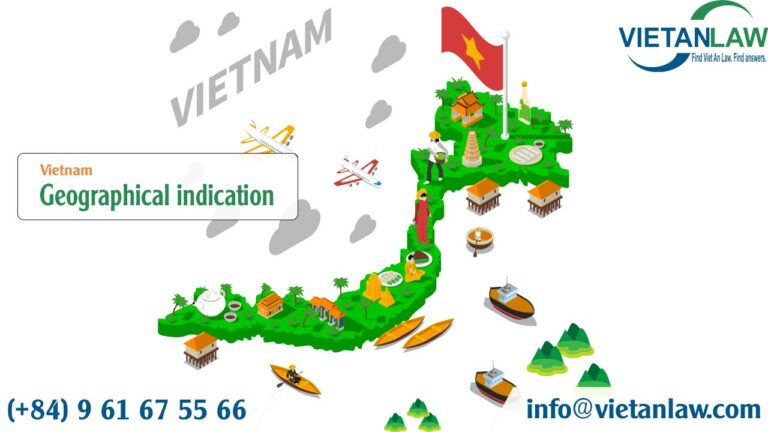
Before learning about homonymous geographical indications, we need to understand geographical indications. According to the Intellectual Property Law 2005, as amended and supplemented by Law No. 07/2022/QH15, geographical indications are stipulated in Clause 22, Article 4 as “a sign used to indicate the geographical origin of a product from a specific area, locality, territory or country”.
Thus, we can understand that geographical indications are used to indicate the origin of a certain item or product. Through geographical indications, we can know which locality, region, or country this product originates from.
Some popular geographical indications in Vietnam include Phu Quoc fish sauce, Thanh Ha lychee, Tien Lang tobacco, Ha Giang orange, Ly Son garlic,…
The word “homonymous” semantically can be understood as two or more different words that have the same pronunciation or spelling. From here we can understand that homonymous geographical indications are geographical indications with different origins but have the same pronunciation or spelling. This can make it easy for buyers to confuse geographical indications with each other.
Currently, Vietnamese law has specific regulations on the concept of homonymous geographical indications, stipulated in Clause 22a, Article 4 of the Intellectual Property Law as amended and supplemented in 2022. Accordingly, homonymous geographical indications are defined: “Homophone geographical indications are those that have the same pronunciation or spelling.”
In addition, the Agreement on Trade-Related Aspects of Intellectual Property Rights (TRIPs) that Vietnam participates in also mentions homonymous geographical indications. This Agreement raises the issue of protection for homonymous geographical indications for wine products but does not provide a specific concept. But from here we can understand, according to the concept of the TRIPs agreement, homonymous geographical indications refer to areas with the same name but from different countries.
According to current Vietnamese law, protection for homonymous geographical indications is not excluded. However, because it was newly added under the provisions of the Amendment Law 2022, Vietnam has not yet recorded any registration of homonymous geographical indications. In the future, there will certainly be more and more homonymous geographical indications required to be protected due to the integration and economic cooperation between Vietnam and countries around the world. Some grounds ensure the legality of protecting homonymous geographical indications:
Geographical indications not only represent the origin of goods but also show that the quality of products with geographical indications comes mainly from the natural, climatic, or human conditions of that place. Although geographical indication products have similarities in pronunciation, there are still differences in product quality due to differences in natural conditions in each region. Therefore, even though there are similarities in pronunciation, pronunciation, or spelling, the distinction of homonymous geographical indications is not lost.
Unlike trade names that can be easily changed, even if they are similar to previously protected geographical indications, geographical indications cannot be arbitrarily changed because they must be tied to the origin of the product. Therefore, protecting these instructions is also very essential.
For products with geographical indications that are reputable, long-standing, and trusted by many people, there will often be products with similar trade names or indications of origin that can be counterfeited. Therefore, the issue of protecting commercial instructions, including homonymous commercial instructions, is extremely necessary and important.
The common point of the international commitments that Vietnam participates in on intellectual property such as the TRIPs, and EVFTA is that they all have regulations showing recognition of protection for homonymous geographical indications. The nature of international treaties is agreement, meaning countries can choose to participate or not. Vietnam’s signing to participate in the above treaties means recognizing and agreeing with the norms in those treaties, including regulations on recognition of protection for homonymous geographical indications.
For a homonymous geographical indication to be protected, the homonymous geographical indication must first satisfy the general conditions for geographical indications specified in Article 79 of the Intellectual Property Law 2005, as amended and supplemented in 2022. Specifically:
Areas carrying geographical indications are specifically regulated in Article 83 of the Intellectual Property Law 2005, as amended and supplemented in 2022. Accordingly, geographical areas carrying geographical indications have boundaries that are precisely defined by words and maps.
Homonymous geographical indications must also not fall into one of the cases specified in Article 80 of the Intellectual Property Law stipulating that subjects are not protected as geographical indications. Accordingly, an object will not be protected as a geographical indication if it falls into one of the following 4 cases:
In addition to meeting the conditions in Clause 1, Article 79, and not falling into the cases of Article 80, homonymous geographical indications also need to satisfy the additional conditions of not causing consumers to misunderstand or confuse them with another indication that has been registered according to the provisions of Clause 2, Article 79 of the Intellectual Property Law.
As stipulated in Article 106 of the Intellectual Property Law, documents to be prepared include a geographical indication registration declaration according to the form enclosed with documents, samples, and information identifying geographical indications that need protection in the registration application, specifically includes:
Geographical indication registration applications will be considered in the following order:
This is the final step in the registration procedure. If the application does not fully meet the conditions required by law, the National Office of Intellectual Property will refuse to grant a protection title. If the application meets the requirements, the National Office of Intellectual Property will issue a decision to grant a geographical indication protection certificate and record it in writing.
If you have any questions or difficulties related to the homonymous geographical indications in Vietnam, please contact Viet An Law for advice!

